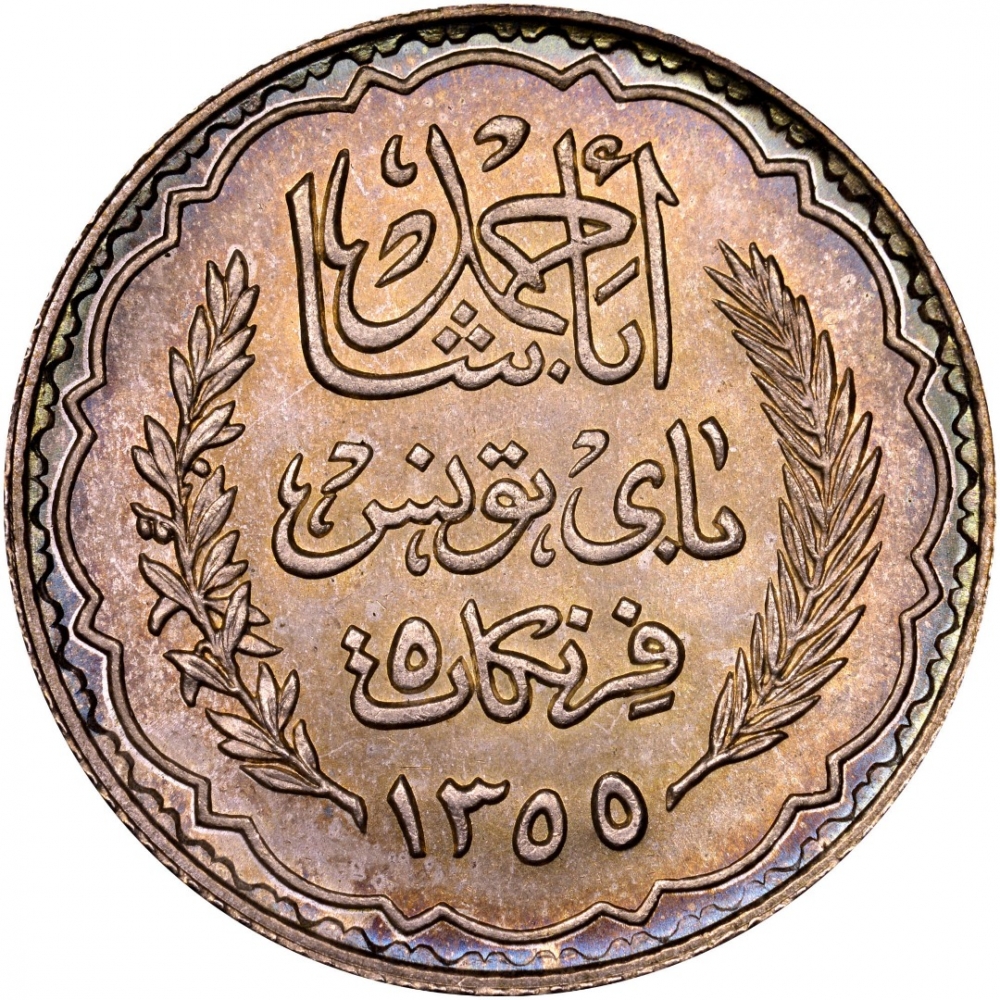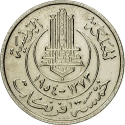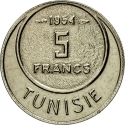You are about to finish your registration. Please check your mailbox (including spam folder). There should be a letter with a confirmation link. Check setting to make sure that your e-mail address is correct.
Send letter againDescription
The French protectorate of Tunisia was established in 1881, during the French colonial Empire era, and lasted until Tunisian independence in 1956.
The Husainid dynasty, originally of Cretan Turkish origin, came to power under Al-Husayn I ibn Ali on July 15, 1705, replacing the Muradid dynasty. For most of their rule, the Husainids ruled with the title of Bey. The Husainids ruled the Beylik of Tunis under the suzerainty of the Ottoman Empire until May 12, 1881, when Muhammad III as-Sadiq signed the Treaty of Bardo and the Beylik of Tunis came under the control of France as a protectorate. Following independence from France on March 20, 1956, the Kingdom of Tunisia was proclaimed and the Bey Muhammad VIII al-Amin assumed the title of King. He reigned as such until the Prime Minister Habib Bourguiba deposed the Husainid dynasty and declared Tunisia a republic on July 25, 1957.
Ahmad II ibn Ali (1862–1942), commonly known as Ahmed Bey, was the ruler of Tunisia from 11 February 1929 until his death. He was the son of Ali Muddat ibn al-Husayn.
Engraver: Lucien Georges Bazor
Obverse

|
Depicts a value in the centre, ruler name (Ahmed Pasha Bey of Tunis) above, date below (all in Arabic), between arced branches. أحمد |
|---|---|
Reverse

|
Depicts a value and country name above in French. TUNISIE |
| Edge |



